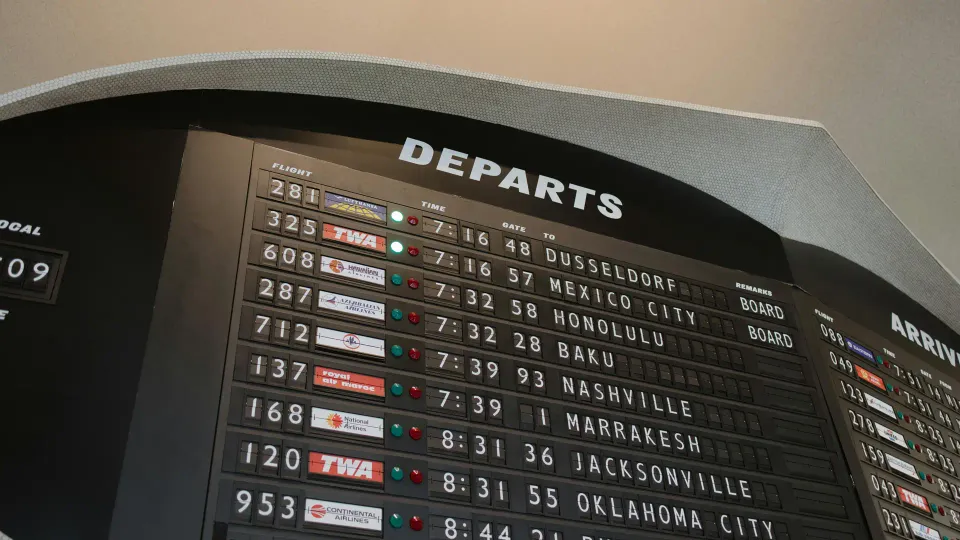How One Flower Shop Pulled Off 100 Deliveries in a Single Day

In the world of floral retail, it’s not just the beauty of the bouquet that matters, it’s how smoothly it gets from the shop to the recipient’s door. Every florist knows that the delivery process can make or break a customer’s experience. When timing, freshness, and presentation all have to align, organization becomes as important as artistry.
Recently, many flower shops have begun turning to digital scheduling and task management systems to bring order to the chaos of daily operations. The results have been impressive and in some cases, transformational.
The Delivery Dilemma
A typical flower shop on a busy day is a symphony of motion — florists tying ribbons, drivers checking routes, and phones ringing nonstop. During peak seasons like Valentine’s Day or Mother’s Day, that symphony can quickly turn into noise. Orders overlap, drivers get lost, and delivery updates vanish in a flood of messages.
The challenge lies not in the effort, but in coordination. Traditional methods whiteboards, spreadsheets, or messaging groups simply can’t keep up with the pace of modern customer expectations. That’s where structured scheduling and real-time task tracking come in.
A New Approach to Floral Deliveries
Forward-thinking florists are now embracing digital tools designed to streamline workforce management. These platforms allow flower shops to map out each order as a task, from arrangement and packaging to dispatch and delivery and assign them to specific staff members with clear deadlines and updates.
Here’s how the workflow typically unfolds:
- Order Organization – Each new order is logged with details such as delivery location, time window, and special notes.
- Task Assignment – The florist, packer, and driver are automatically assigned based on availability and workload.
- Route Optimization – Deliveries are grouped by zone to cut travel time and fuel costs.
- Real-Time Coordination – Staff receive instant updates when schedules change or delays occur.
- Completion Tracking – Once deliveries are made, the system logs completion times and feedback for analysis.
This kind of structure allows a flower shop to manage dozens even hundreds of deliveries in a single day, without overloading the team or compromising on quality.
The Results Speak for Themselves
Shops using modern scheduling systems have reported measurable improvements:
- Up to 30% faster delivery times due to reduced routing conflicts.
- Fewer missed or late orders, as every task is clearly assigned and monitored.
- Higher staff satisfaction, thanks to less confusion and overtime stress.
- More positive customer feedback, as orders arrive fresh and on schedule.
The key advantage lies in visibility. Everyone from florists to drivers can see exactly what needs to happen, when, and by whom. That clarity transforms delivery operations from a stressful guessing game into a predictable, repeatable process.
Lessons for Florists
Several takeaways have emerged from shops adopting this system:
- Preparation is everything. Mapping out deliveries ahead of time prevents last-minute chaos.
- Transparency reduces errors. When every team member can view assignments in real time, miscommunication drops dramatically.
- Small details add up. Adding delivery notes such as “leave at front desk” or “fragile vase” can save precious time on the road.
- Review and refine. Analyzing daily delivery data helps identify which zones or time slots need adjustments.
Technology That Supports the Human Touch
While automation plays a growing role, the heart of any flower shop remains its people — the florists who craft, the drivers who deliver, and the customers who receive. Technology isn’t there to replace that human touch, but to support it. By taking care of scheduling and coordination, digital systems free up florists to focus on what they do best: creating moments of joy, one bouquet at a time.
Conclusion
Handling flower deliveries efficiently isn’t just about logistics, it’s about preserving the care and meaning behind every order. With the right tools and a structured workflow, flower shops can handle even the busiest days with confidence and grace. Delivering 100 bouquets in a single day no longer feels impossible; it’s simply a matter of smart planning, teamwork, and a little help from technology.




